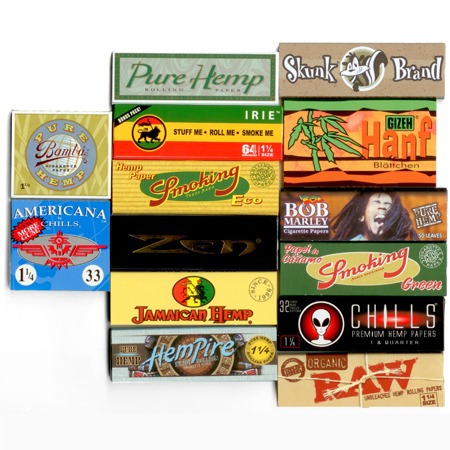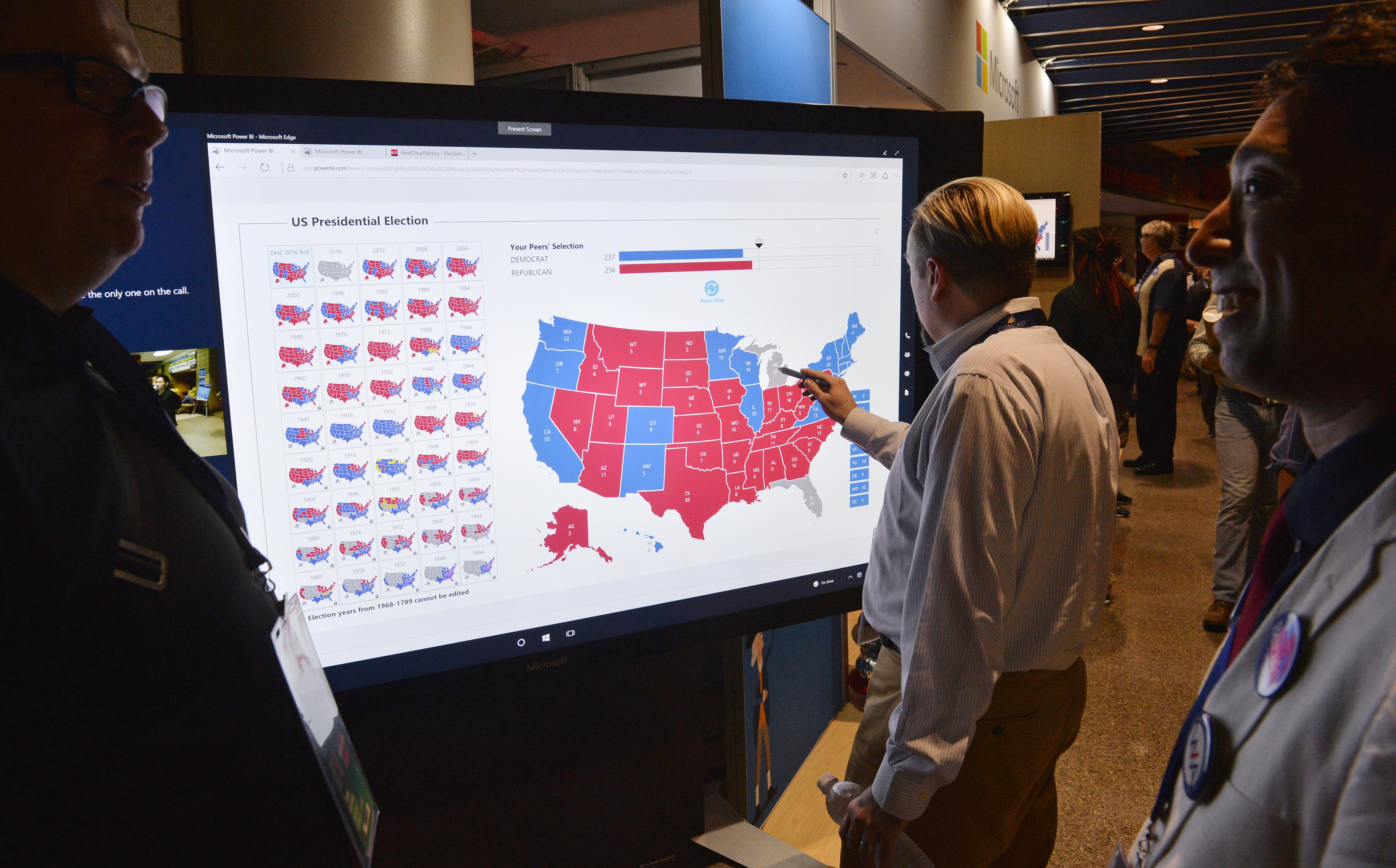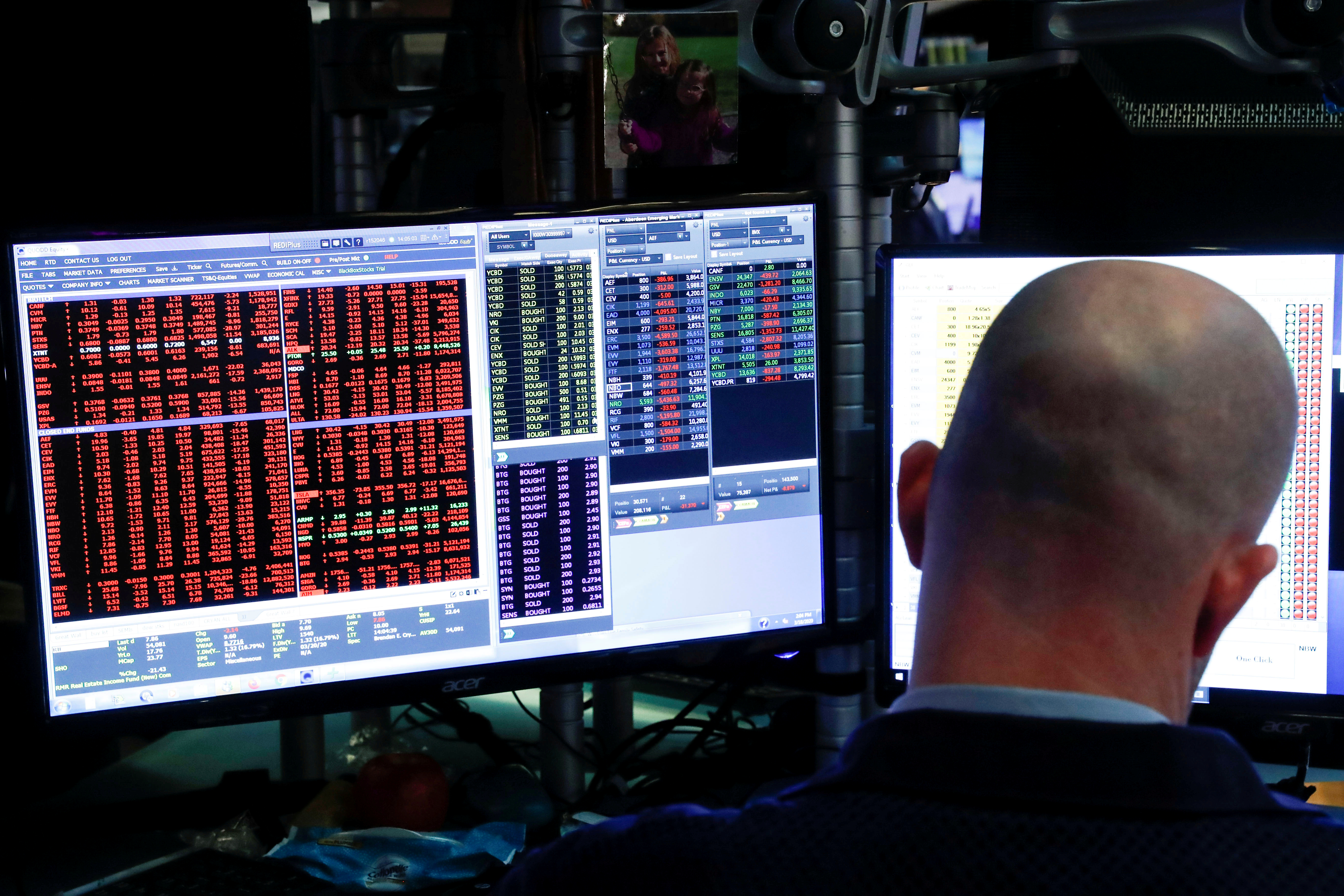Rolling Options

When trading options, one of the most critical elements of consideration is time. The reason is that options have finite lives and definitive dates of expiration.
So besides considering the price of the option and the price of the underlying asset, options traders need to incorporate their outlook on the passage of time into a given trading decision.
Before elaborating on how time plays a role in trading decisions, let’s review how options are often evaluated for initial deployment.
In the world of options volatility, the trigger for a trading decision hinges on implied volatility. Implied volatility is simply an alternative method of evaluating the value of an option. For example, if one looks only at the dollar and cents value of an option, it’s difficult to ascertain whether that option is cheap, fair or expensive.
Implied volatility is derived from the dollar and cents value of the options. And the key is that traders can compare current implied volatility to historical levels of implied volatility. The methodology enables options traders to ascertain relative value.
For example, if implied volatility in XYZ has ranged between 20 and 40 over the last 52 weeks, then one might hold a different perspective on the relative value of an option in XYZ if it were trading at 20, 30 or 40. The tastytrade financial network conceived a metric known as Implied Volatility Rank (also called IV Rank or IVR) for that very reason.
IV Rank measures current levels of volatility against the last 52-weeks of data.
Going back to XYZ, for example, a current level of implied volatility of 40 would equate to an IV Rank of 100%, meaning implied volatility was trading at the highest levels observed over the last 52 weeks. Alternatively, an IV Rank of 0% would mean that implied volatility in XYZ was trading at the lowest levels observed in the last 52 weeks.
When implied volatility is viewed as cheap (less than 50%) or “expensive” (greater than 50%), option traders often buy or sell premium with the intention of profiting from an increase or decline in market volatility.
Once a trader decides that the current level of implied volatility merits a trade (whether long or short premium) that trader must then decide over what period of time to deploy the position.
For example, a trader might choose to trade the front-month contract with only days/weeks until expiration. Alternatively, one might deploy a position lasting for a month, two months or more. That’s the first time that the time, or duration, of the trade must be determined.
But it’s important to recognize that time considerations are often ongoing—meaning another similar decision might be needed again in the future.
For example, what if an options trader enters a short volatility position with the intention of profiting from a decline in implied volatility? However, the decline in volatility doesn’t materialize as expected before the option’s expiration.
The trader then faces another decision that hinges on both risk/reward as well as time to expiration. The three choices generally available to a trader as expiration gets closer (generally one week before the expiration date) include:
- Close the position before expiration
- Allow the position to “work” through expiration
- Roll the position into a later-dated expiration
While the decision depends on the trader’s outlook and strategic approach, a recent installment of Trade Logic Unlocked may help traders that opt for the third choice.
As a reminder, a roll is a method of adjusting the risk profile of an options position, either by changing the strike or by extending the time until expiration or both. Typically, traders consider rolls when a position hasn’t performed as expected, but continue to believe in the original intent of the position.
Whether the trader adjusts the strike or the time to expiration (or both), a roll is usually intended to give the position another chance to “work.” As shown in the bullets above, alternative choices to rolling include: closing the position altogether or allowing it to remain open through the existing expiration.
While rolling may seem slightly daunting at first glance, it’s a skill that traders can picked easily through observation and experience—or even through mock trading (i.e. paper trading).
When executing a roll, the trader simply closes the original near-term position in favor of simultaneously opening the same (or similar) position in a longer-dated expiration. The “similar” reference in the previous sentence refers to the fact that the trader may also elect to adjust the strike(s) of the position, in addition to the expiration date.
Because rolling is such a powerful tool and also because such decisions can be complex, traders looking to learn more about this subject are advised to review the aforementioned episode of Trade Logic Unlocked, which is focused on rolling.
The dynamic graphics presented on this episode illustrate the range of choices available to traders considering a roll. For more information on rolling, visit the tastytrade LEARN CENTER.
Sage Anderson is a pseudonym. The contributor has an extensive background in trading equity derivatives and managing volatility-based portfolios as a former prop trading firm employee. The contributor is not an employee of luckbox, tastytrade or any affiliated companies. Readers can direct questions about any of the topics covered in this blog post, or any other trading-related subject, to support@luckboxmagazine.com.



















